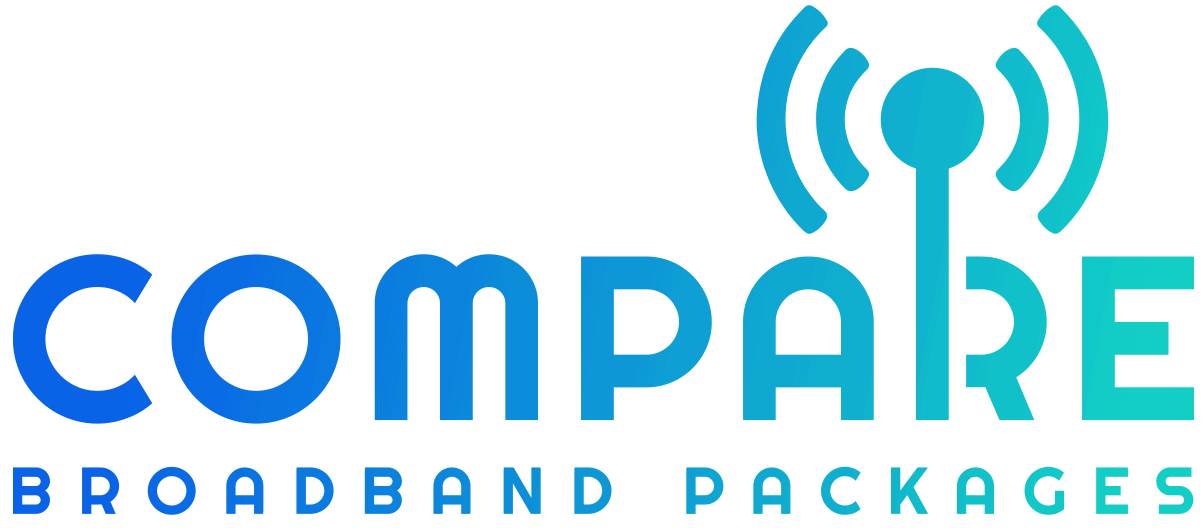As of May 2025, BT, one of the leading telecommunications providers in the UK, will implement significant changes to its Social Tariff. This adjustment aims to enhance accessibility for low-income households needing reliable internet and telephone services. Understanding these changes is crucial for affected consumers to adapt and make informed decisions about their dialog needs.
What is the BT Social Tariff?
The BT Social Tariff is a pricing scheme designed specifically for individuals and families who qualify for certain government benefits. It offers reduced rates for essential communication services, ensuring that those facing financial hardship can stay connected. Currently, the tariff provides discounted broadband and landline telephone services, making it an essential resource for low-income households.
Current Pricing and Services
Currently,the BT social Tariff offers various services at reduced prices. Here’s a breakdown of the existing offering:
| Service | Monthly Cost |
|---|---|
| Broadband (up to 36 Mbps) | £15 |
| Landline Only | £10 |
These discounted rates enable low-income users to access vital communication tools, promoting connectivity and access to digital resources.
Changes to BT Social Tariff from May 2025
Starting in May 2025, the following changes to the BT Social Tariff have been confirmed:
Revised Pricing Structure
The new pricing structure will see the monthly cost of services increase slightly. The revised rates are expected to be as follows:
| Service | Revised Monthly Cost |
|---|---|
| Broadband (up to 36 Mbps) | £18 |
| Landline Only | £12 |
These adjustments aim to align the tariff with current market prices while still providing assistance to those in need.
Eligibility Requirements
to remain eligible for the BT Social Tariff, customers must consistently meet certain criteria, which may include:
- Receiving any of the following benefits: universal Credit, Pension Credit, Income Support, or Job Seekers Allowance.
- Providing proof of eligibility upon requesting the tariff.
Ensuring eligibility helps BT maintain a focus on supporting genuine low-income households.
Impact of Changes on Customers
The new pricing, while still discounted, may have implications for existing customers. Those on a fixed budget will need to assess their financial situation to see if these changes affect their ability to maintain necessary services. Additionally, BT’s commitment to providing support options, such as potential discounts on equipment and installation, aims to alleviate some financial burdens.
Alternatives for Low-Income Households
Should the revised rates of the BT social Tariff become unaffordable for some customers,various alternatives exist:
- Other Telecommunication Providers: Some companies offer competitive pricing on basic services. Investigating options before making changes may yield better results.
- Community Programs: Certain local initiatives offer subsidized internet services or assist in providing low-cost technologies.
Each household’s needs vary, making it essential to evaluate these alternatives thoroughly.
Conclusion
Understanding the upcoming changes to the BT Social Tariff is crucial for consumers relying on these services. The confirmed revisions scheduled to take affect in May 2025 present both challenges and opportunities for low-income users in the UK. Staying well-informed ensures that affected individuals can navigate these adjustments effectively, enabling continued access to necessary telecommunications services.




